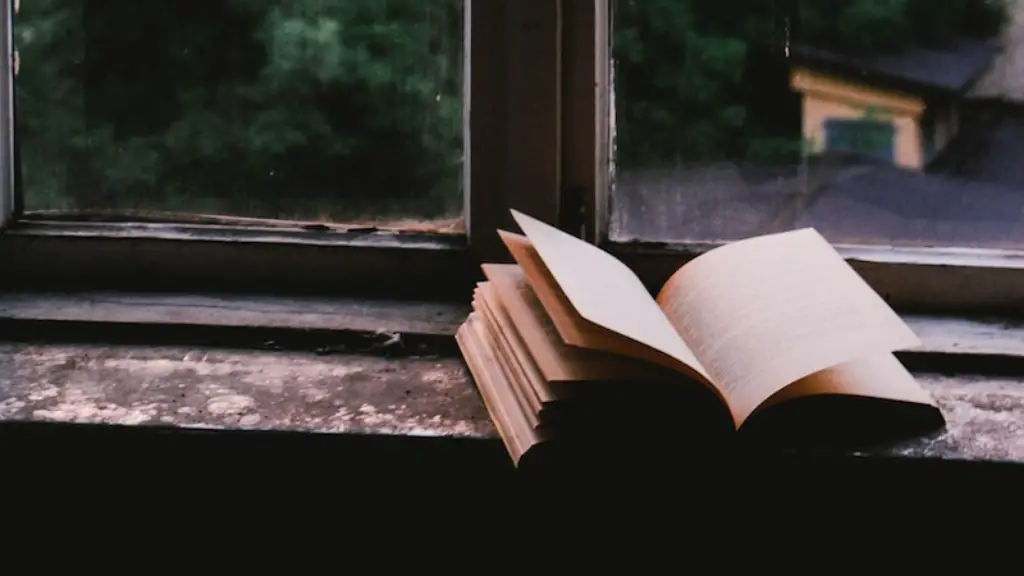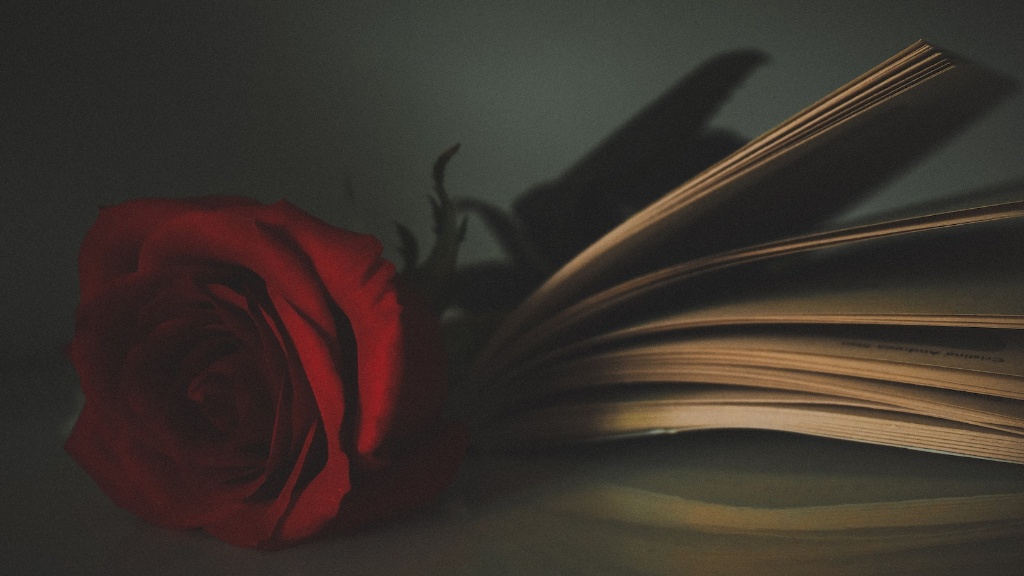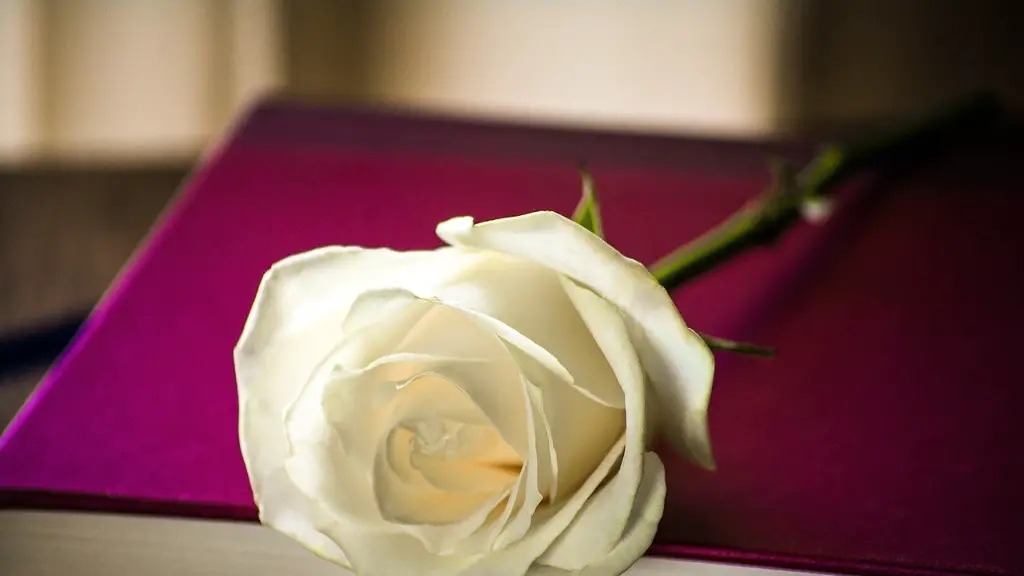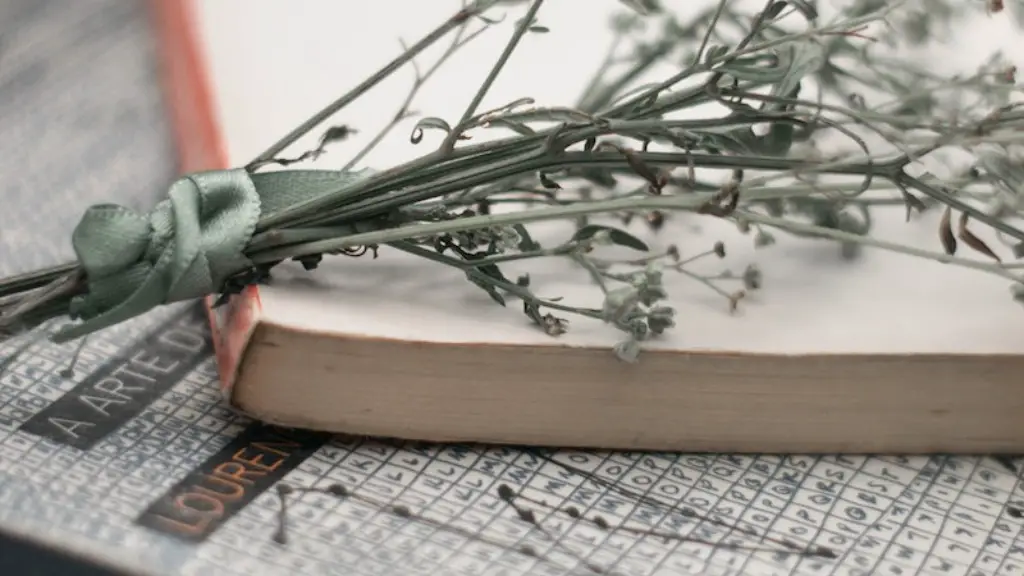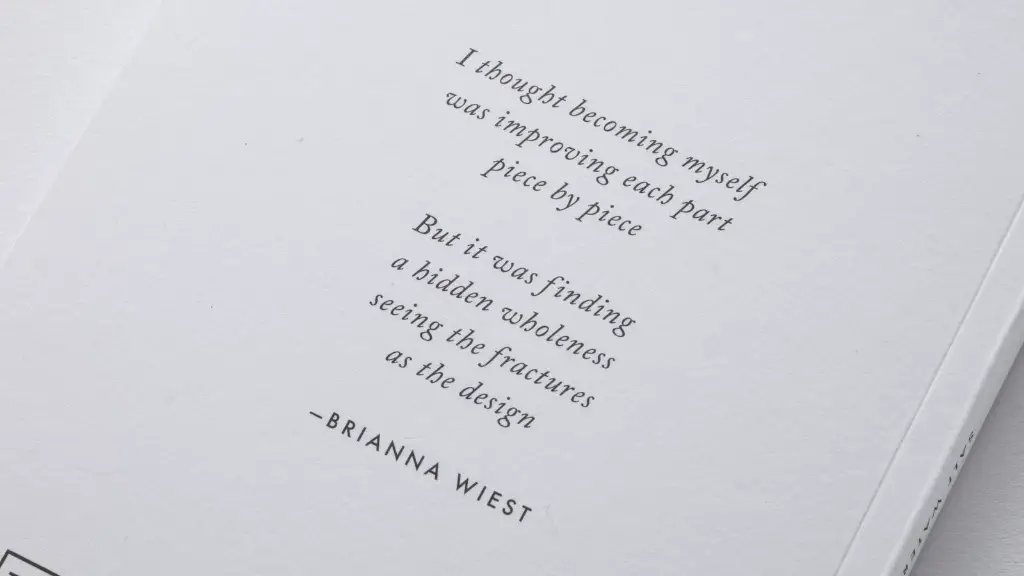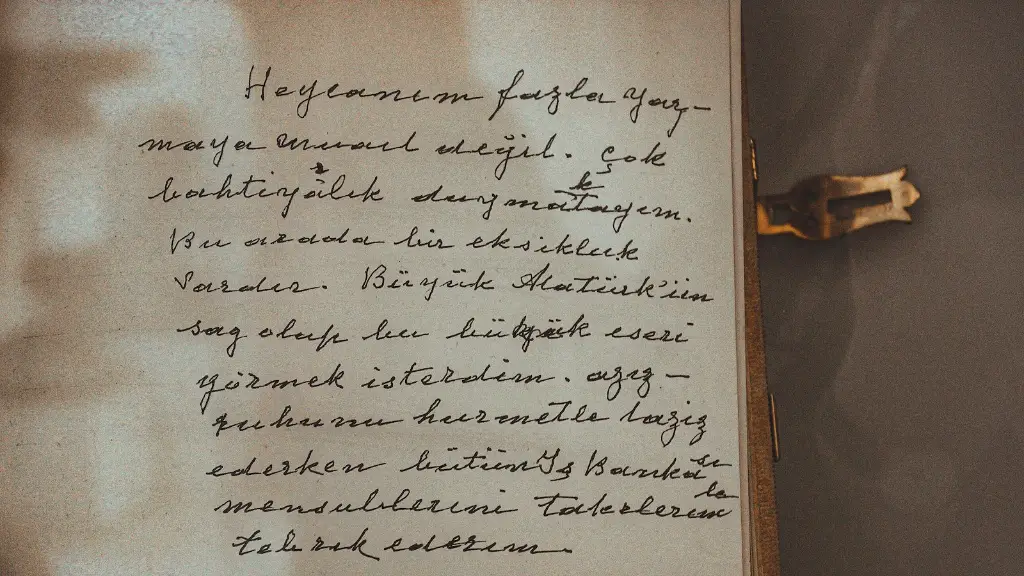Rhyming poetry is a form of literature that uses language to create a musical sound pattern and repetition. It uses rhymes and rhythms to express emotions and capture ideas. Rhyming poetry has a rich history and has been around for millennia. It has been used by many cultures and serves as a great tool for expressing feelings and approaches to life.
Rhyming poetry has many different forms and styles. There is traditional rhyming poetry, wherein a poem follows a specific meter or pattern of syllables and rhymes, such as in a sonnet or villanelle. There is also free verse poetry that has no rhyme or traditional meter. In free verse, words are pieced together in new and inventive ways to create a poem.
Rhyming poetry is a powerful medium that allows one to express thoughts and emotions in a vivid, creative manner. The use of rhyme and rhythm can bring out strong images and feelings, as well as emphasize important messages. Using rhyme can also create a feeling of intensity and excitement, as it enhances language and gives it a musicality.
In addition to its power, rhyming poetry is also incredibly enjoyable. Reading and writing rhyming poetry can be a fun and therapeutic way to spend time. With its use of vivid language and unique images, rhyming poetry can provide hours of entertainment and enlightenment.
Rhyming poetry can be used for many purposes. It can be used for storytelling, for conveying feelings, for exploring difficult topics, for lessons, and more. It can be used as a tool for self-expression and can be used to tell stories that are both meaningful and entertaining.
Rhyming poetry can also be used for education. Rhyming poetry can be used to teach students about the structure of language and to help children learn new words and phrases. The playful nature of rhyming poetry makes it an excellent tool for introducing students to literature, language arts, and even science and maths.
History of Rhyming Poetry
Rhyming poetry has a long and fascinating history. Ancient cultures such as the Chinese, Persians, and Greeks all have a rich history of rhyming poetry, and many of their works have stood the test of time. For example, Homer, the Greek poet and storyteller, is renowned for his use of eloquent language, vivid imagery, and perfect rhymes in his epics such as the Iliad and the Odyssey.
In more modern times, rhyming poetry is still popular and has come to encompass a wide range of styles. The Romantic era of poetry saw the use of vivid imagery, intense emotions, and perfect rhymes to create powerful works of art. In the 19th century, poets such as Edgar Allen Poe and William Wordsworth used rhyme to express their inner feelings and explore serious topics. In the 20th and 21st centuries, poets such as Sylvia Plath, Robert Frost, and T.S. Eliot continued to use rhyme to create captivating works.
Rhyming poetry has a widespread presence today and is used in many different contexts. From children’s books to rap songs, rhyme and rhythm have become a major component of modern literature and are used to express both light-hearted and serious messages.
Tools to Learn Rhyming Poetry
Learning rhyming poetry can seem intimidating, but there are many resources available to help. Many websites, books, and apps provide lessons and tools for those looking to learn or improve their skills with rhyming poetry. Poetry clubs and forums can also be great places to get help and advice from other poets.
Additionally, reading and listening to existing rhyming poems can be a great way to become familiar with the form. Exploring poets such as Shakespeare, Robert Burns, WH Auden, and William Butler Yeats can help one gain an in-depth understanding of rhyming poetry.
Lastly, experimenting with rhymes and rhythms can be a helpful and enjoyable way of becoming more familiar with the form. Writing rhyming poems and trying out different word combinations and patterns can be a great way to learn rhyming poetry.
The Benefits of Rhyming Poetry
Rhyming poetry has a range of advantages. It is a great form of self-expression and can be used to explore and express complicated emotions. It is also a great tool for teaching and learning, as its rhythmic nature makes it both fun and educational. Finally, it can be used to capture stories and ideas in a vivid, meaningful way.
Rhyming poetry can also be a great way to spend time and make an impact. For those looking to create their own works of art, the process of writing and experimenting with rhyme can be immensely rewarding. Even for those who simply read the works of others, rhyming poetry can be a great source of entertainment and insight.
Enduring Quality
Rhyming poetry has a timeless quality that has endured throughout the ages. Its ability to capture emotion and ideas in a vivid, musical manner has made it an incredibly popular form of literature. Its wide range of forms and styles allow it to appeal to many different audiences, from children to adults.
Rhyming poetry is a powerful medium that can be used for many purposes. Whether one is looking for self-expression, education, entertainment, or simply fun, there is something for everyone in rhyming poetry. With its enduring quality and range of applications, rhyming poetry is sure to remain an important part of literature in the years to come.
Applications
Rhyming poetry has a number of uses, from self-expression to education. It can be used in storytelling to explore difficult topics, or as a tool for teaching young children. It can be used to create works of art and to capture powerful images and emotions.
Rhyming poetry is also a great tool for entertainment. It can provide hours of fun while exploring ideas and emotions in a vivid, musical manner. This makes it a great activity for both adults and children.
Rhyming poetry can also be a great way to explore language and to learn new words and phrases. It is an enjoyable way to expand one’s vocabulary and to become more familiar with the structure of language.
Conclusion
Rhyming poetry is an incredibly powerful form of literature that has been used across the ages to express ideas and emotions in a vivid, musical manner. Its long history has made it one of the most popular and enduring forms of literature, and its wide range of styles has allowed it to appeal to many different audiences. It can be used for self-expression, for entertainment, and for education, making it an invaluable tool for both adults and children.
